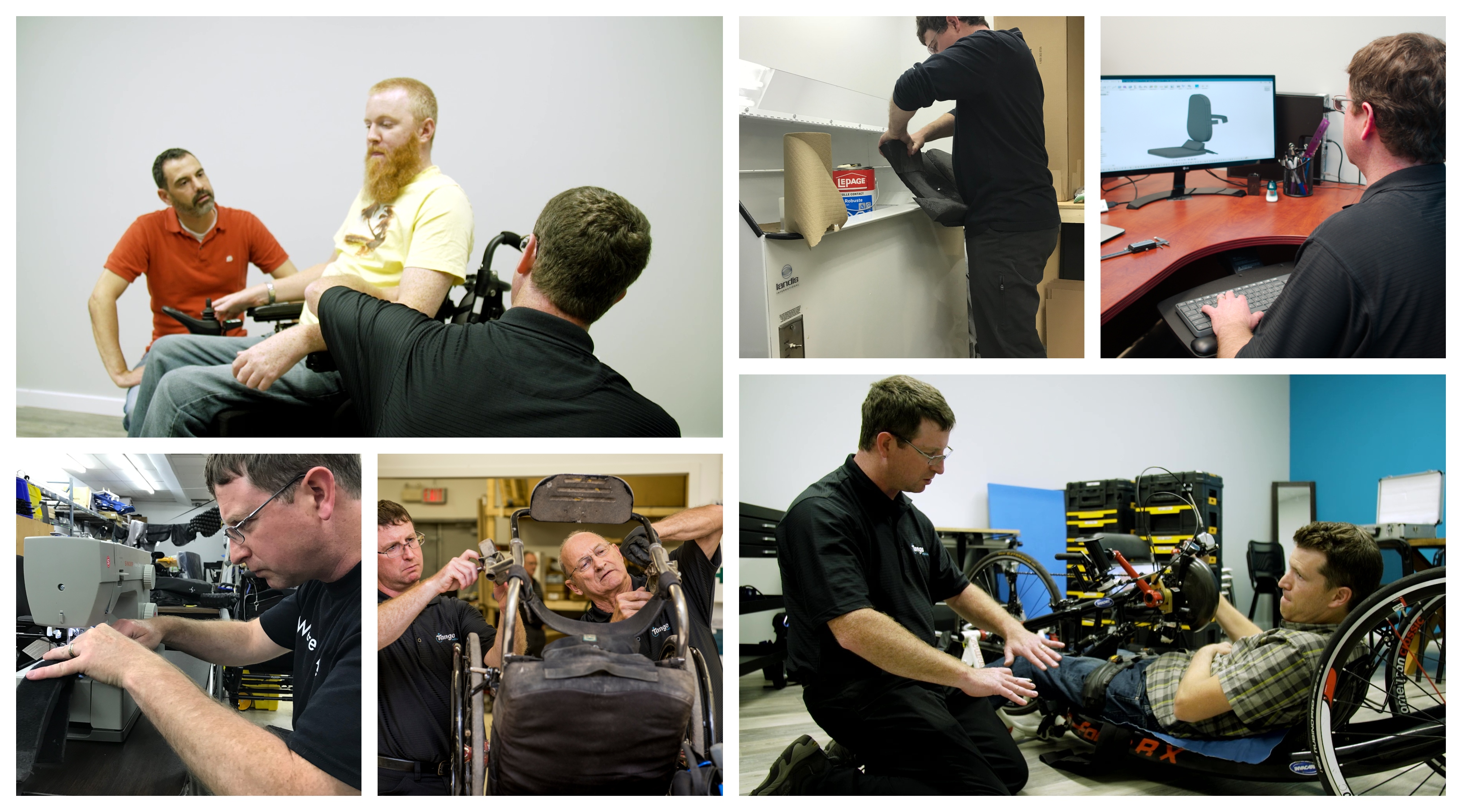 Here at Tango we sell home rehab equipment that can be very scientific and involve cutting edge engineering, but despite this I find there is less science and more art to making sure each client goes away with the right product and setup. Purchasing piece of rehab equipment such as a wheelchair or in home adaptation isn’t the same as buying a car, where often people already have the colour and model picked out, and it’s just a matter of agreeing on a few options and the price.
Here at Tango we sell home rehab equipment that can be very scientific and involve cutting edge engineering, but despite this I find there is less science and more art to making sure each client goes away with the right product and setup. Purchasing piece of rehab equipment such as a wheelchair or in home adaptation isn’t the same as buying a car, where often people already have the colour and model picked out, and it’s just a matter of agreeing on a few options and the price.
With rehab equipment, there are many more variables that could influence the specific solution, and although people come into the shop looking for a piece of equipment to help manage a specific diagnosis or disorder that places them in a category, every person is extremely different. They may differ in the specific symptoms they have, or their activities of daily living could require a specific solution that is unlike that for someone else living with the same condition. But good communication is key to this whole process… asking the right questions and listening to the answer allows us to get the needed information to do our job effectively.
That is why I always start every session with an informal interview with the client and their therapist (OT, PT, etc.) to try and understand the person better, and ultimately determine their goals and objectives. For instance, if someone has a lot of back pain or pressure sores from sitting in their wheelchair, we need to look at seating solutions that could alleviate these problems. But in many cases I find my clients aren’t aware of how life could be better and are simply wanting to replace a worn out piece of equipment with something similar to what they already have. One of the things I always find troubling is when a client comes in to the shop with the preconceived notion that the problems they experience on a daily basis from having the wrong piece of equipment or an improper fit, is just a part of life. I hear things like, “Sure I have back pain, but that is just part of living with a spinal cord injury and sitting in a chair all day”, or “Part of my day involves getting out of my chair for a few hours because of skin issues”. To me, these are the important problems to dig into and try to figure out. The fact that I am sometimes focusing on problems my clients aren’t looking to solve is where my job becomes more of an art, and is where I feel I can provide the most value to a client. It can be difficult to convince someone to try something new, but despite the resistance I sometimes face, I continue to be a firm believer that potentially there is a solution to every problem. It is this belief that led me to start developing custom products as the solution to person specific problem may not be available off the shelf from a supplier. Yes, this approach takes more effort, and often leads to late nights in my shop, but at the end of the day it is worth it to give people much needed solutions, and often to problems they had given up on solving.
Unfortunately, in my line of work there aren’t any one size fits all solutions, but that is why I find my job very rewarding. When I am able to spend the time with a client and figure out the right goals and objectives and then dig into solutions to problems that can really make a difference to them, I know I am in the right business.
-Darrell Mullen – Seating and Rehab Equipment Specialist

Recent Comments